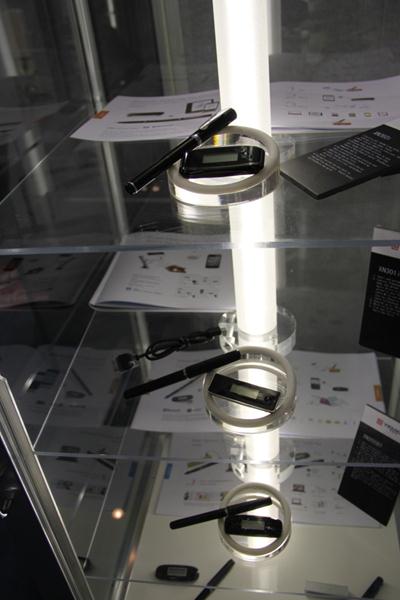Take Five- Winter Photo Tips From Park City’s Best
Winter is the perfect time for great photos in mountains – lots of sunshine, bright white snow, smiling faces, a relaxed atmosphere. But anyone who has tried to snap the ultimate image of a priceless vacation knows that shooting outside in the winter has its drawbacks. We asked Park City’s most prolific professional photographers for their number one bit of advice to help you with your Kodak Moment.
David Schultz (Westlight Images, (435) 645-8414)
Exposure and metering. Know how your camera’s light meter works. In conditions where there is a lot of white in the frame, such as snow, your light meter can/will give you an incorrect exposure reading. Your meter is calibrated to read a scene as 18 percent grey, which, when averaged out on a “typical” outdoor scene, would include a blue sky, perhaps a green foreground, white clouds, mountains, etc. When your scene is basically all white, the camera’s light meter still wants to average everything to 18 percent grey. Now all that beautiful “Utah Powder” is a dull grey. Overexpose the film by about 2 f-stops when you meter off the snow or meter off your faded jeans or a “grey card”.

Dan Campbell (Dan Campbell Photography, 435-655-7700)
Experiment. Compact digital cameras are small enough to carry all day in your ski jacket so there is no excuse not to have it with you at the top of the mountain, at lunch and while cruising Main Street. If you don’t like what you see, try again. Check each shot to make sure you like the composition and to make sure you nailed Uncle Billy going off the jumps in the terrain park. Make sure you take a big memory card like a 2g, extra cards and an extra battery. Set your digital camera to save all photos at the largest file size to give you the best quality prints.

Mark Maziarz (Sportsstockphotography.com, (435-649-0002)
Fill the viewfinder. Most amateur photos have too much empty space around the subject. Train your eye to look at all parts of the frame through the viewfinder rather than just concentrating on the little target in the center of the frame. It’s even OK to visually cut off some body parts, such as the top of a head or someone’s legs. But be careful; hands sometimes look weird if they’re missing and you pretty much always need to see the eyes.

Richard Cheski (Mindset Media, (323) 318-4885)
Catching the action. Riders move fast and your clicking finger, slow. If you’re not on it, you’ll have a card filled with white, with no one in the frame. The best way to get the peak action shot in a winter photo setting is to watch the athlete hit the jump first or have the rider pick a set spot before you shoot. The best shots in those mags capture one turn. The photog will often make the rider hike back up and run the same line again. Create communication and a focal point for the action and snap away. If you get just one shot on the roll that is “EPIC” than you have done your job!

Patrick Cone (Patrick Cone Photography, 435-640-0458)
The best photographs draw the viewer into the frame and are well-designed within the borders. So try different vantages: down low, from above, or use different lenses to edit out extraneous objects in the viewfinder or to affect the overall color and lighting. Time of day is hugely important as well. The “Golden Hour”, just after sunrise and before sunset, has a colored directional light that defines the form you are shooting. Go for those times. Avoid photographing anything when the sun is directly overhead.


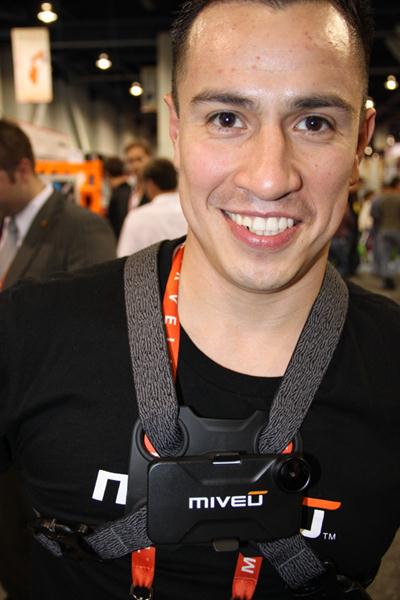


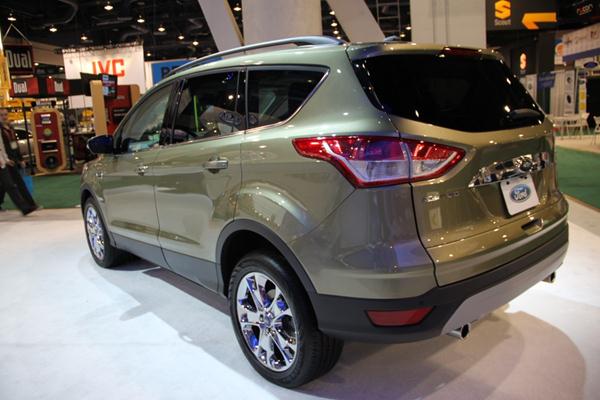



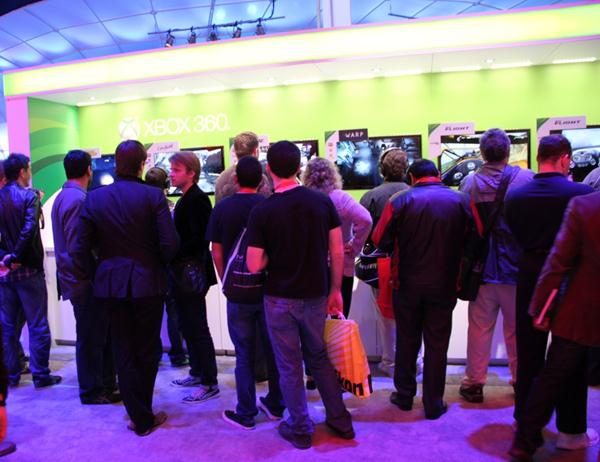


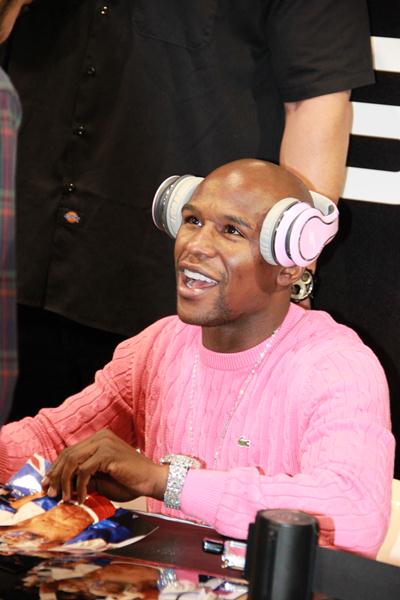
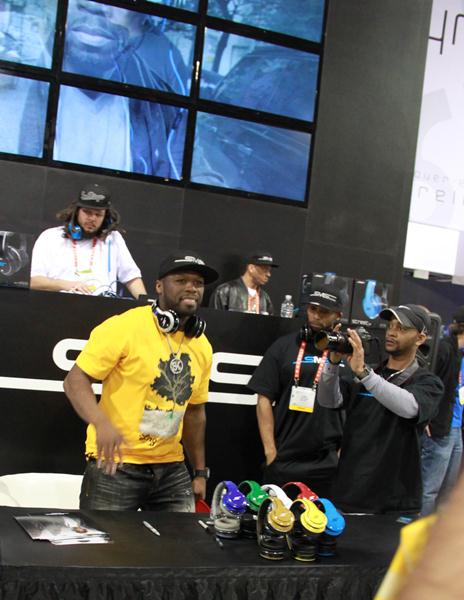
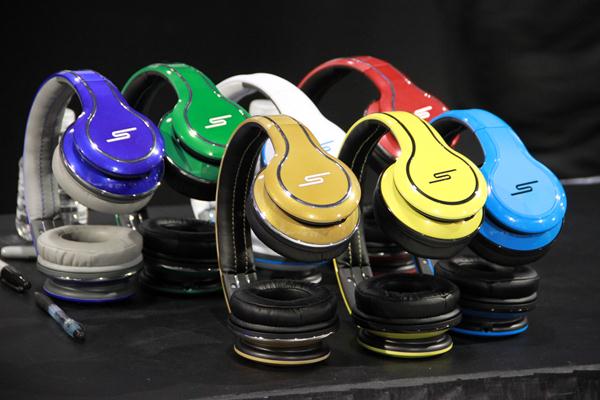

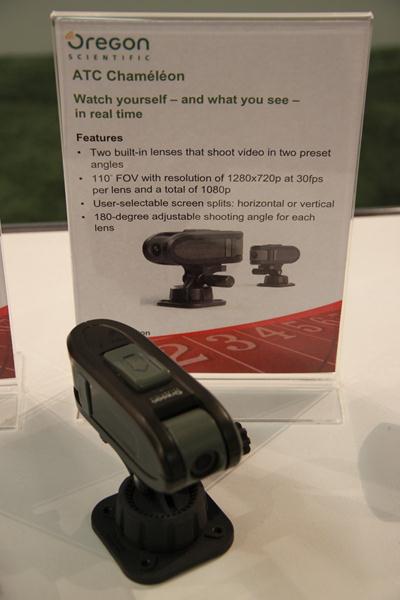
 I entered the Consumer Electronics Show at the Las Vegas Convention Center with one mission last year. To find a pen that would record my strokes so I could write in a hardback journal (blog) without having to be logged into a computer or without having to type it all in after. The only company that came close was Yifang.
I entered the Consumer Electronics Show at the Las Vegas Convention Center with one mission last year. To find a pen that would record my strokes so I could write in a hardback journal (blog) without having to be logged into a computer or without having to type it all in after. The only company that came close was Yifang.